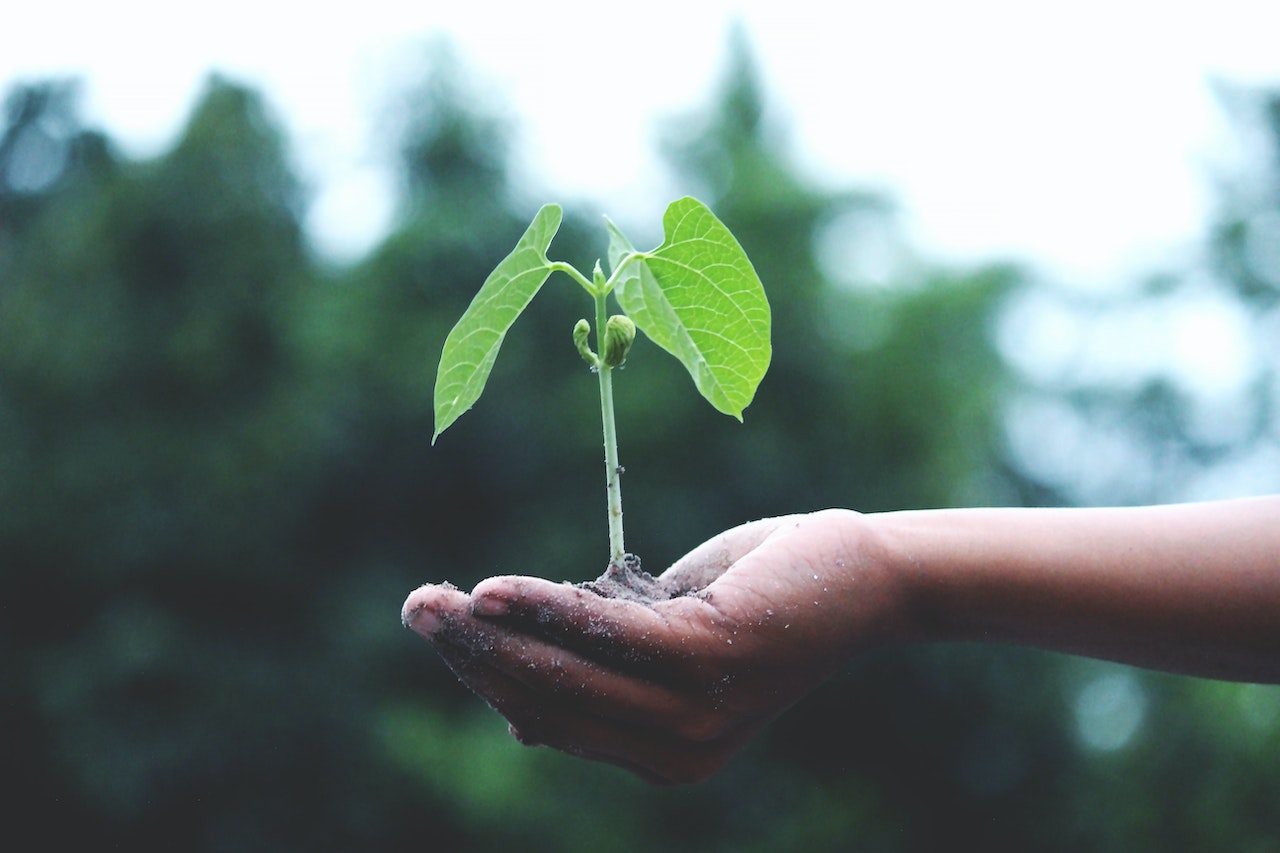This post was originally published on Sustainability Matters

ACCIONA has partnered with Australian professional surfer Josh Kerr and his brand Draft Surf, to create surfboards made from a retired wind turbine blade.
The initial range, crafted from a decommissioned blade from ACCIONA’s Waubra wind farm in Victoria, included 10 prototype surfboards as part of the company’s Turbine Made initiative.
The surfboards, hand-crafted on the Gold Coast, feature repurposed turbine blade strips built into the deck for strength and flex control. The fins of the board, made from recycled fibreglass, are said to provide stability, drive and speed, and the outer shell is further strengthened by incorporating recycled turbine blade particulate into the fibreglassing process.
Kerr said, “When ACCIONA approached us about being part of the solution and working together to create these surfboards, we jumped at the opportunity. At its core, our brand is about enabling the best surfing experience with quality products, in a sustainable way — which aligns with ACCIONA’s vision for Turbine Made.”

Draft Surf founder Josh Kerr with an ACCIONA Turbine Made surfboard prototype.
Launched in February 2025, Turbine Made is an initiative dedicated to exploring ways to transform decommissioned wind turbine blades into new materials and products. It represents the next step in ACCIONA’s efforts to advance circular economy in the renewable energy sector in Australia.
ACCIONA Energia’s global sustainability director Mariola Domenech said, “We know that in the next five to 10 years, countries like Australia will have a large volume of decommissioned wind turbine blades, so we’re acting now to explore new ways to recycle and reuse the material they are built from.
“The creation of a surfboard prototype, developed locally, is an example of how we’re reimagining the materials from decommissioned turbine blades and pushing the envelope of innovation when it comes to the circular economy.”
The Turbine Made initiative builds on ACCIONA’s previous work to repurpose decommissioned wind turbine blades. This includes a collaboration with European fashion brand El Ganso, to create sneakers featuring recycled blade material in their soles and integrating recycled blade materials into the torsion beams of solar trackers at a solar plant in Extremadura, Spain.
The company is also advancing in end-of-life turbine recycling through the development of a blade recycling plant in Navarra, Spain, which is set to become operational in 2026, creating 100 jobs and a processing capacity of 6000 tonnes of material per year.
“Sustainability isn’t just about reducing waste, it’s about product stewardship, ensuring that what we build today doesn’t become tomorrow’s environmental challenge,” Domenech said.
“By working with Australian manufacturers, designers and innovators, we can encourage the creation of practical, high-performance applications that benefit both industry and the environment.”
Top image caption: Professional surfer Josh Kerr holding an ACCIONA Turbine Made x Draft Surf surfboard prototype. Images: Supplied.





0 Comments